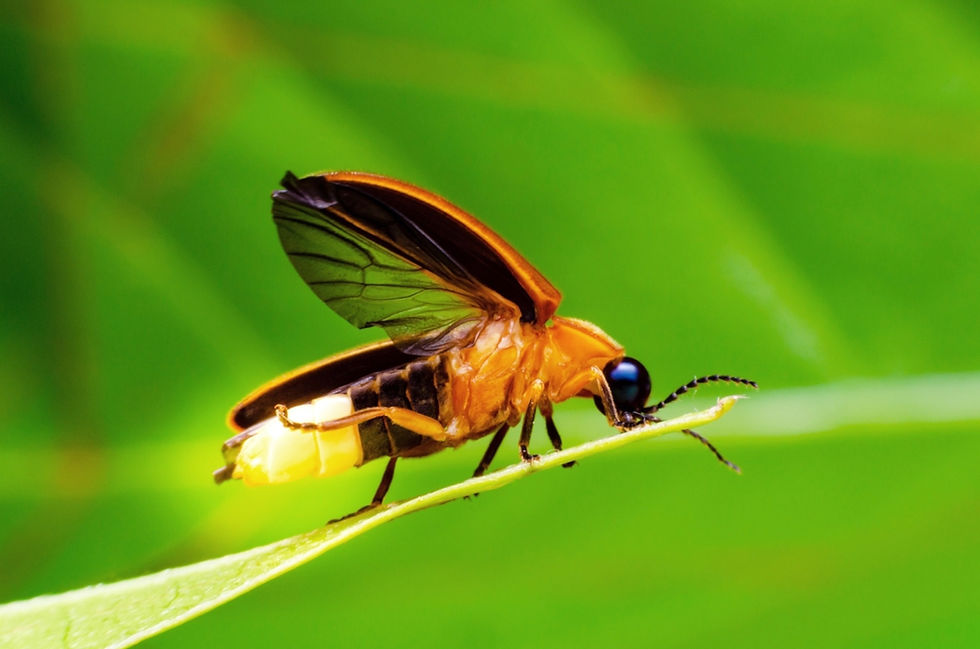Memorable Researchers
- Dr. A. A. Quraishy
- May 29
- 3 min read
//
Dr. A. A. Qureishi
Pakistan is one of the richest countries holding such diverse life in the world. Thousands of plants and animal life have been discovered and researched by great scientists, who took on this daunting task.

No less than 1700 species of flowering plants and 53 ferns grow in the foothills of Himalaya that throws an alluvial arm, known as Margalla, Murree and Hazara hilly tract. Since this novel natural gift grows, wild in abundance, year after year and withers, it is considered unimportant growth of greenery. Cattle goats and sheep eat many of them every day.
Compare this with the floral wealth of Italy, Austria, Norway, Scotland and other countries in the Northern hemispheres. Their total floral wealth will not exceed that of our hilly beauties. Poets have eulogized whatever fancied them and made them living beauties of paradise: “daffodils” by Wordsworth is one case in point.
Our hills have two species of glorious tulip but no poet has been bewitched by their glamour. This eulogy can be extended to many more lovely flowers growing wild on our hills. The magic they cast on the environment is described by hikers and trekkers as fantastic, a carpet of gold or red beauties; a sea of natural splendor and no more.
Anyone writing about them is making a valuable contribution is assessing the aesthetic treasure we have. In the colonial days the English authors have contributed immensely in writing about the flora and fauna, Indo- Pakistan has been endowed with. Hume a police officer wrote on birds that are still considered as a reference book. Waits collected eggs from all over the country identified their locations. The birds, size, measurements etc., and recorded them in a book. T.J. Roberts is still alive and has done excellent scientific work on flora, fauna and butterflies of Pakistan. He was also not only a zoologist or a botanist by profession but he has surpassed many of them.
There are many more who have contributed in enriching the scientific know-how in their personal capacities.
One of the recent additions to this list is Mr. Dr Nasir, Yasin J. Nasir and Rubina Akhtar who have produced an excellent book on wild flowers of Rawalpindi and Islamabad districts, sponsored by Pakistan Oil fields Ltd. The book is profusely illustrated by photographs by S.A. Sultan.
The book describes 62 families and 200 colored photographs of different flowers. It was published in 87, followed by a more exhaustive work on the wild flowers of Pakistan by the same authors, edited by T.J. Roberts. Mr. Yusuf Khan of Forest Department of Baluchistan presented me with a jewel of a book “A working list of the flowering plants of Baluchistan”, by I.H. Bukill, with cautious warning that it was by no means correct or exhaustive but, nonetheless, it was a great attempt by an Englishman of the yore, who worked hard to enumerate hundreds of species with local names.
At the end is a list of fifty herbs for drug production much of which due to inaccessible regions under local “sardars” (lit. chief) and disputed territories cannot be harvested. Only handfuls are being collected to alleviate human sufferings. The book published in 1969 refers to the previous authors like Mr. William Griffith of East India company botanical gardens. Calcutta (1839) and mentions Dr J.E. Stocks, who crossed the Hub River to reach Shah Bilawal to collect plants, who sent them to Royal Botanical Gardens, Calcutta where they are still preserved.
I have a moth-eaten book “With Camera in Tigerland” by F.W. Champion from the Imperial Forest Service of India (1927). These and many other Englishman have contributed to the wealth of knowledge passed on to us to carry it on but great kudus to those who ventured into the wilderness with limited equipment of much less power and efficiency to do their job.
This writeup by no means does justice to the contributions made in the colonial days by the British. Most of the local landlords were busy in hunting and poaching and made no contribution except by one Nawab Qutubyar Jung who wrote exhaustively on the behavior of tigers and other animals in the forest. Similarly, the contribution of Jim Korbette in awakening the majesty of tiger cannot be underrated.




Comments